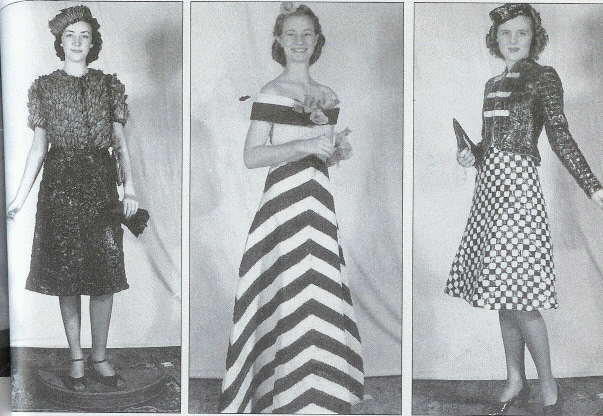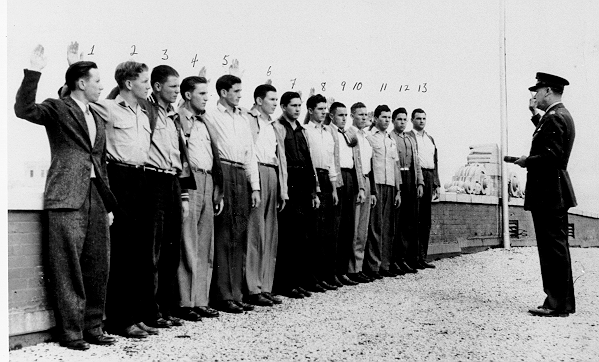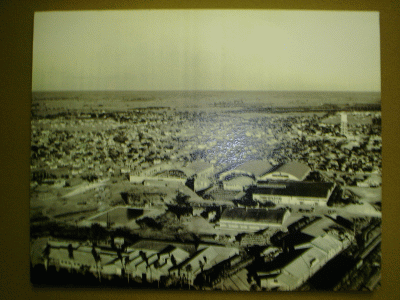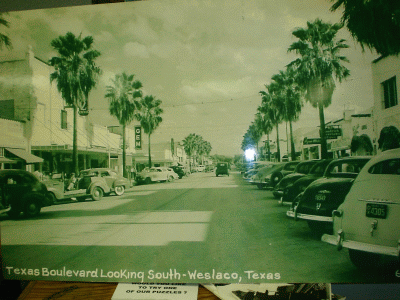Introduction: The city of Weslaco, TX is quickly growing. Visiting this city as a child was always exciting
because I was able to view where my father grew up. I had never gone into depth about the town's history. This website will show you that this city is one with ups and downs as any other. Beginning on how this town orignated and received its name, to the water tower, and hotels that still remain. It will include some of the people that the city admires like Harlon Block who has a park dedicated to him. Also the businesses like Texsun that came for a period and opened up the city to newer and more exciting opportunities. Above all this city has undergone changes that have shaped it into what it is today. I have learned so much about the the city and everytime I visit my grandparents I will look at this city with a different perspective.
Origins: In 1904 the St. Louis, Brownsville and Mexican Railroad had reached the Valley. Many developers were arriving and trying to establish permanent towns. As settlers arrived and began to build homes, the land needed to be cleared of brush and cactus. Clearing crews from Mexico were coming to help in all the new construction. Valley residents lived in tents while their homes were being built. Llano Grande was an unsucessful developing area.

Founders:The name of the city originated from the W. E. Stewart Land Company. It was purchased by a land developer named W.E. Stewart. The landowner had obtained much land around Donna and Mercedes which would later become the city of Weslaco. During this time he also built a clubhouse for excursion parties and took panoramic photographs in Llano Grande Lake. In September 1919, four men approached Stewart and offered to purchase a section of his land for a town site of what is now Weslaco (Gerhardt, Tamez, 15). The Couch brothers purchased 320 acres of land for $250,000 because of a vision they had. Two of the brothers would remove themselves from the agreement and the other two would maintain it. Ed Couch and R.L. Reeves would take the responsibility and continue building the town. This is where you discuss the town's founders.
Economy: In the nineteen hundreds Weslaco, was dominated by and depended on agriculture like fruits and vegetables. This was the city's main source of income. "Growers shipped fruit by rail to markets in Northern and Midwestern cities (Gerhardt, Tamez, 93)". The price for shipping remained high so farmers in the valley found ways to lower prices or sell their crops. In 1932 a contract was made with the National Fruit and Vegetable Exchange to sell Rio Grande Valley citrus fruit (Gerhardt, Tamez 93). After discussion and compromise the Rio Grande Valley Citrus Exchange organized and joined seventeen citrus associations in Weslaco. The committee within the exchange decided to purchase a brand name for it's product. The name was Texsun and for the next following years it would be the city's main attraction.
The Texsun Juice Canning Company quickly grew and became the world's largest juice company. The reason Texsun was a growing attraction is because it brought in businessmen, laborers, and their families. People who lived around or near the Texsun Company will tell you that you could always hear a distinct noise of the steam boilers working day and night especially during harvest season, and smell the oranges and grapefruits being processed. Up until the late seventies and early eighties the Texsun Juice Canning Company was what brought many people to Weslaco City. Around the eighties, farmers were looking for crops that required more machines and less laborers. If they had less laborers that meant more profit. The farmers made a shift from fruits and vegetables that were being produced to grain, cotton, and sugarcane. Because of the decline of oranges and grapefruits, the Texsun Company closed.
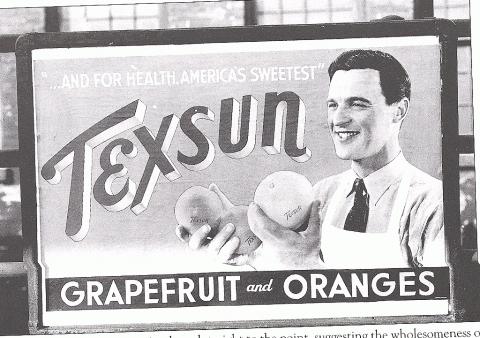
Stories: Before and during the time of Texsun the city was segregated. Norma Saldivar, a Weslaco native, was remembering how life was like during these times. She remembered that the anglos had a H-E-B grocery store on their side of town while the Mexicans had Robles Super Market. In a book that I came across, it speaks on how life was separated by the tracks; the anglos lived on the south side and the Mexicans on the north side. In a discussion with my father about the times and how things have improved he began to tell me a true story about Noe Vasquez his cousin. During the segregation era within the community parts of the town were separated. The anglos attended one school while the Mexicans attended another. Noe Vasquez had recently moved to Weslaco, Texas and had fallen in love with an anglo woman named Sarah. It was something that was not spoken of, yet everyone knew. Since the two were not allowed to be together they would meet and send letters to one another in secret. My father remembers that Sarah would show up to their house in a convertible and hang out there with Noe. As it turned out she would become pregnant, but since the relationship was not permitted her parents sent her away. Noe had no clue about where she had gone, all he knew was that she had left. Her parents had sent her away to San Antonio to give birth to a child and give the baby up for adoption. Recently the child, Laura, now 39 years old, went looking for her father and mother and learned about her parents story. Laura soon found her parents and came to her father's rescue. Noe Vasquez was in need of a kidney transplant, and as fate would have his daughter was his only match. Noe and Sarah's story was featured in Ladies Home Journal, August 2004 and made national news. Segregation in Weslaco did not change until after WWII when the Mexican soldiers came back from war and began purchasing houses on the south side. Today if you were to visit the city of Weslaco you would be able to see where and how the town differs from each side of the tracks.
Landmarks: The city of Weslaco has a very unique and welcoming landmarks. Some of them are the Water tower, Harlon Block City Park, and the Villa de Cortez Hotel. The water tower is located on South Kansas avenue, and has been there since the city first began and continues to be used today. It is one of the few cement water towers still existing in Texas and in daily use. There is also Harlon Block City Park, which was placed in memory of Harlon Block, one of the men who raised up the flag in Iwo Jima. At first, the U.S. government had wrongly identified the young man as Henry Hanson. After the picture was made public, Harlon's mother was sure that it was her son on the picture. No one believed her until it was announced that in fact the young man was Harlon Block. The remains of CPL Block were taken to the park in 1949 and laid to rest there. In 1995 his remains were moved to rest near a monument of Iwo Jima in Harlingen, Texas. Today the park still stands in his memory.
The Villa de Cortez Hotel, built in 1928, is located in the center of Weslaco. At the time it was one of the Rio Grande Valley's finest hotels. The hotel held many special occasions such as balls and weddings. In 1998 the hotel underwent some renovations and was restored both inside and out. It is still one of the city's finest and today social gatherings still are held there.
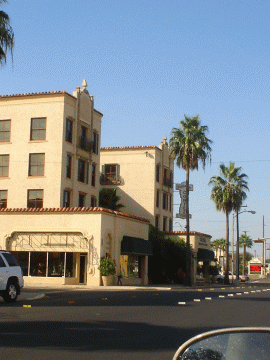
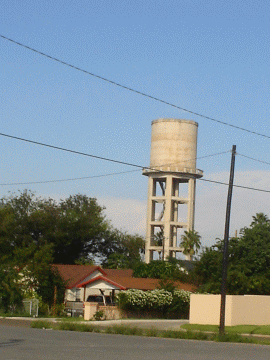
Events: Since the city is located in the center of the valley many events are held there. The city hosts many parades celebrating the city's birthday, and welcoming troops home. One event that the city participated in is "The Fruit, Vegtable, and Flower Show". To participate in this show you needed to have time,and creativity. They created dresses for models to wear out of fruits, vegetables and flowers. Once the dress was completely ready they would store them in an icehouse until the time of presentation. 